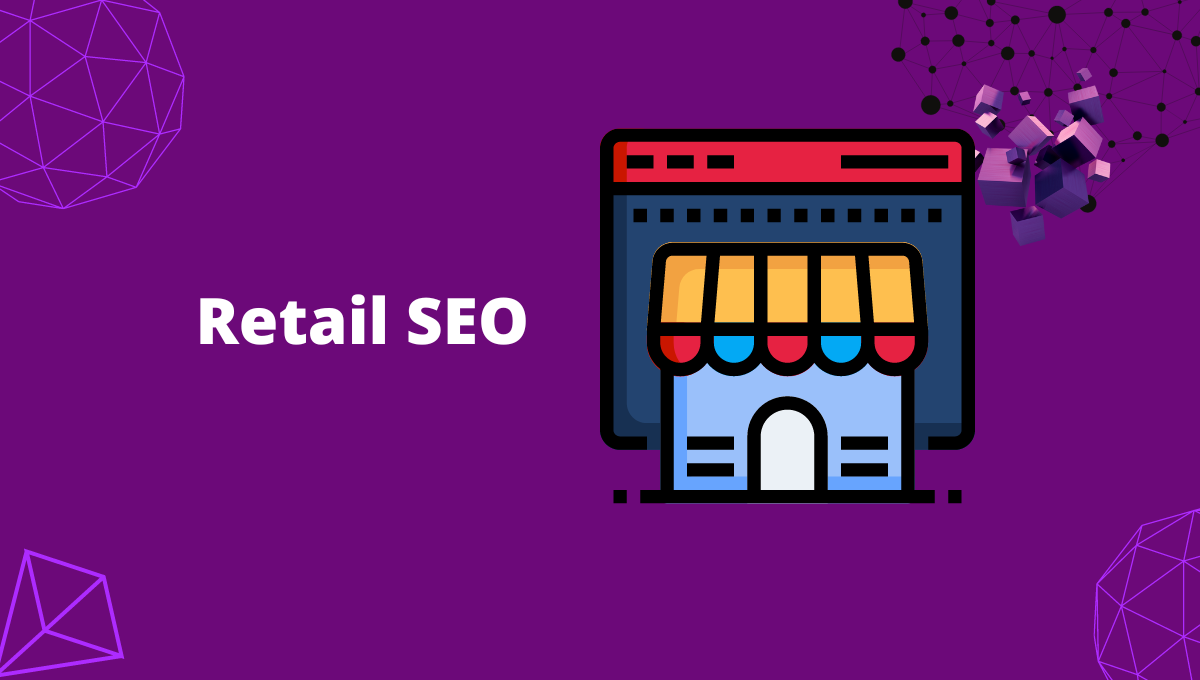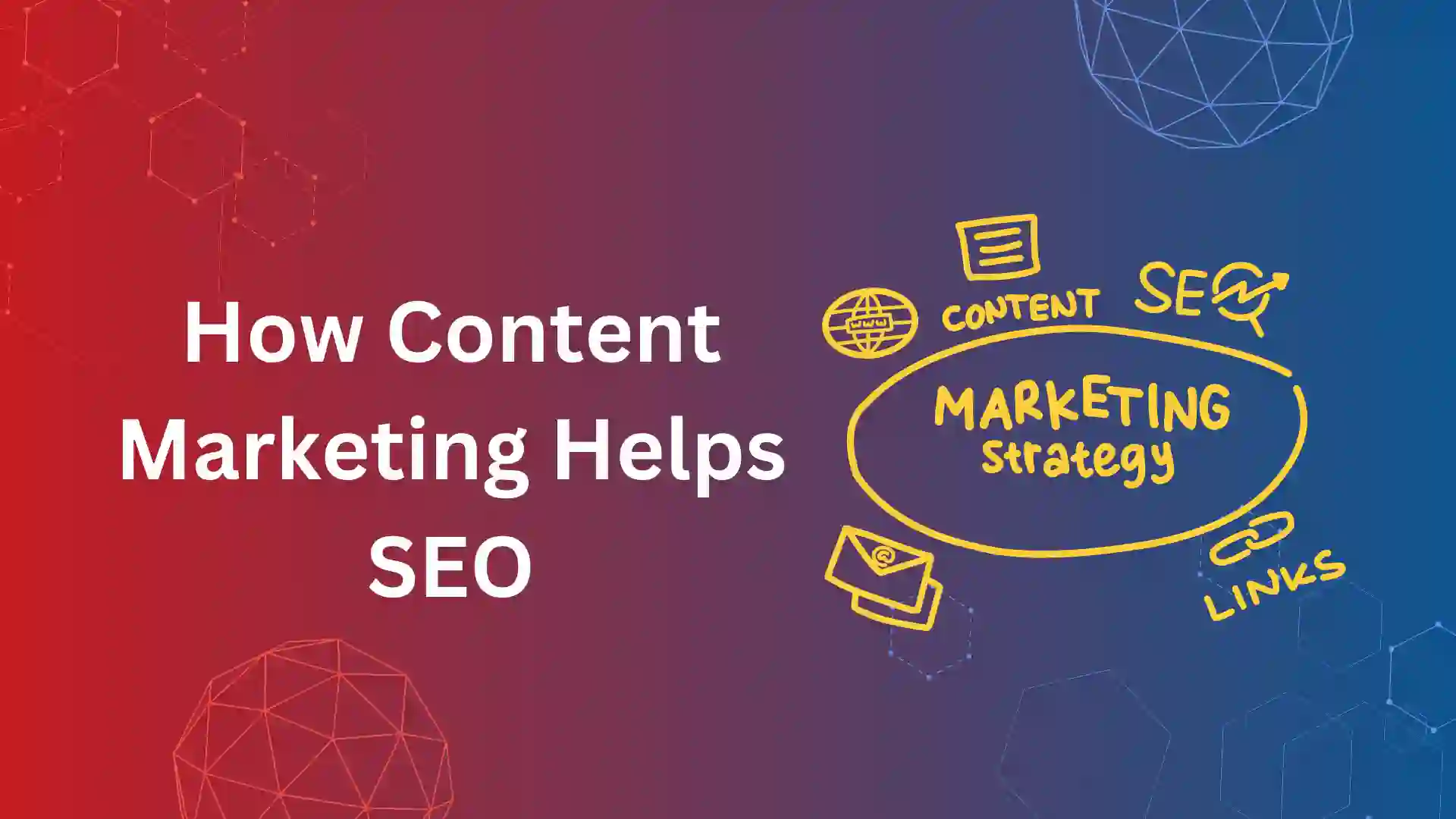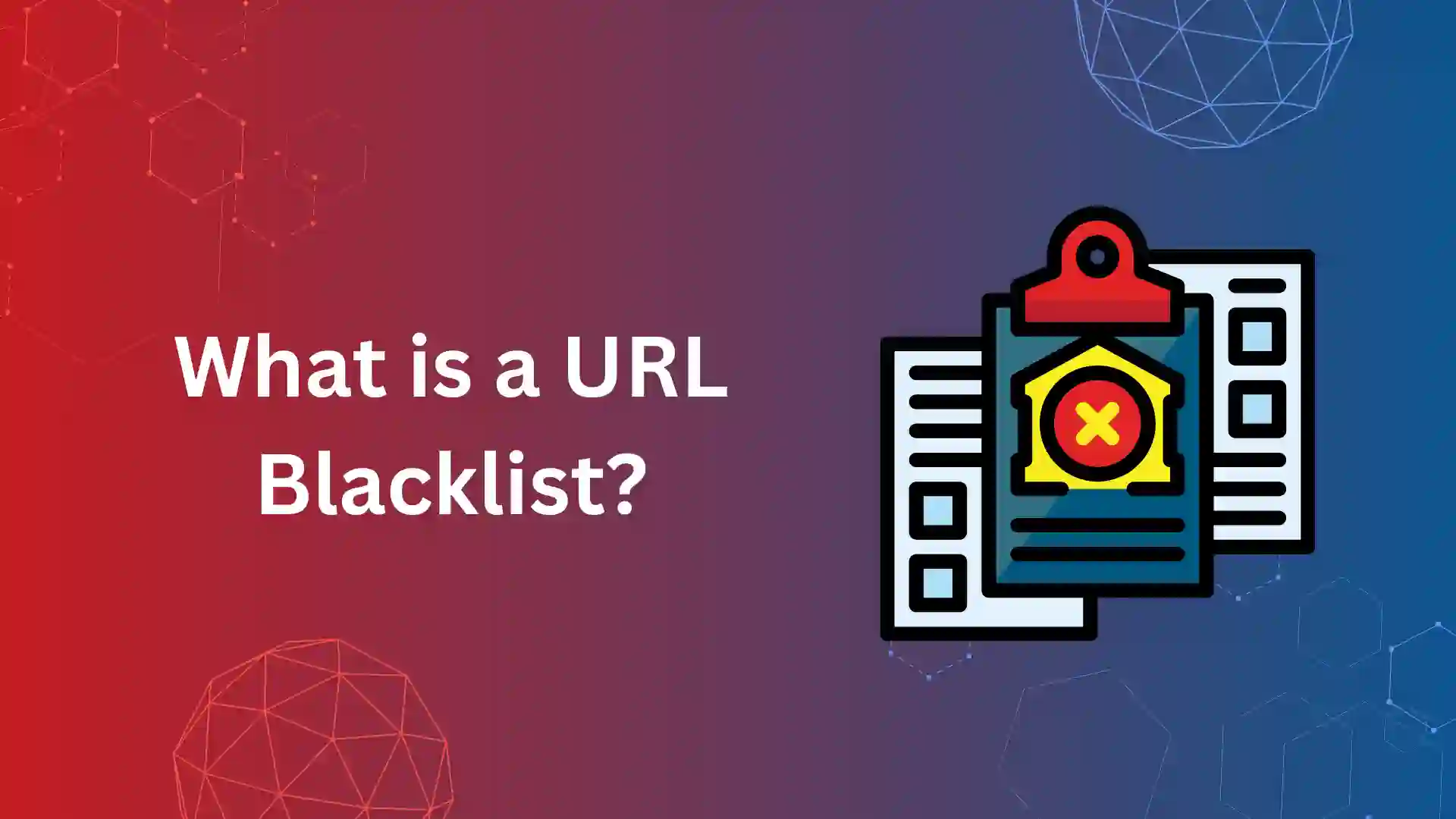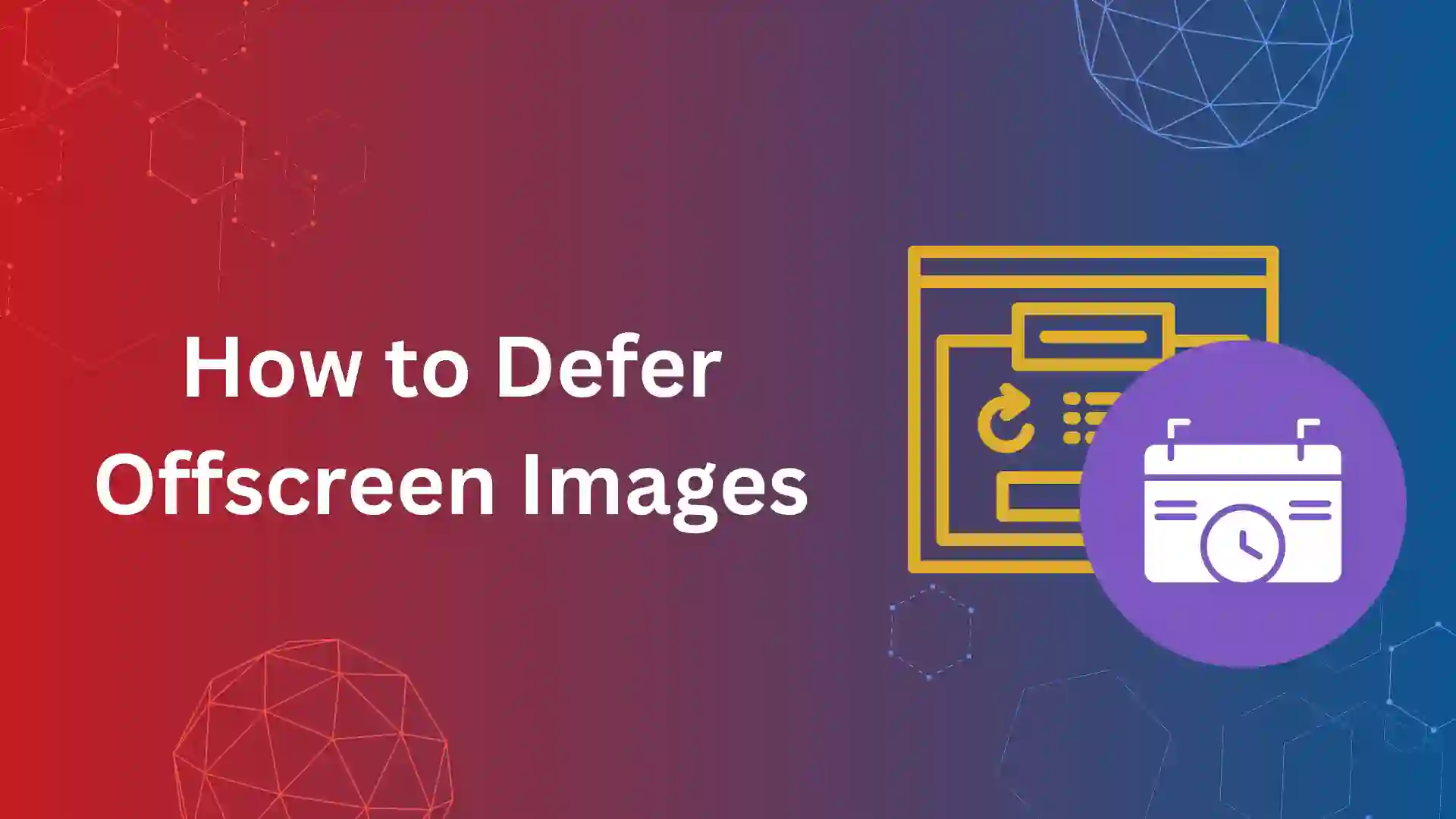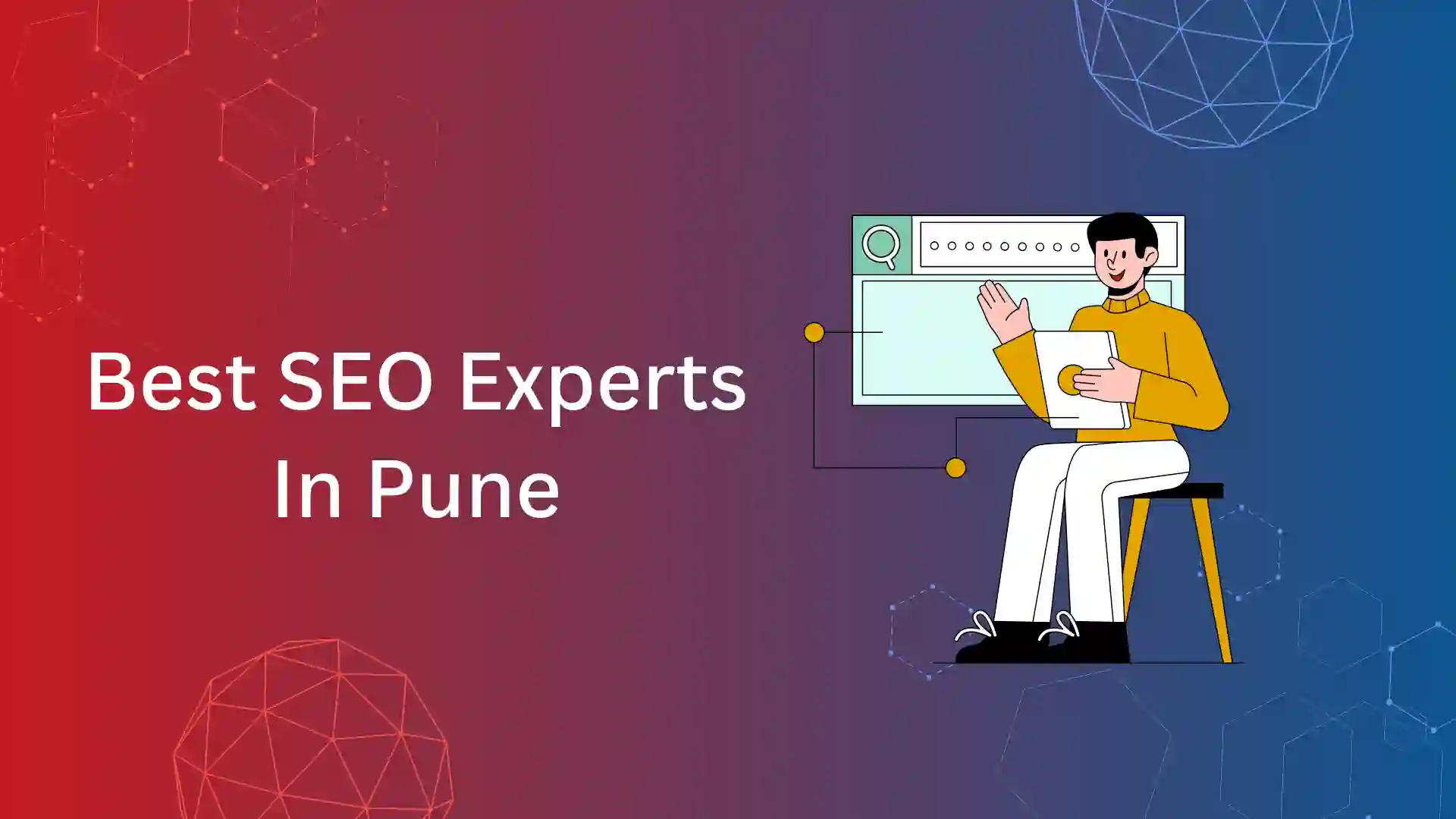Most times, when people are searching on the Internet, they have a specific product in mind. They know what they want to buy and use its features or brand name as keywords to search for it on the Internet. In such cases, implementing SEO for your retail sites can help you reach your customers more quickly and efficiently.
SEO for retail sites can be a bit challenging, because you might have hundreds or even thousands of products with different features and categories that you need to optimize for your customers. It is a long process and takes time to show any results.
But all your time and effort will be worth it when you get ranked higher than your competitors and customers choose your products over them. Continue reading this article to learn more about what retail SEO is, its benefits, and the steps you need to follow to optimize your retail sites for higher ranking and ROI.
How Does SEO Work for Retail Websites?
Search Engine Optimization (SEO) is the process of optimizing your website so that it can rank higher in the search results and get more organic traffic from customers. SEO is an ongoing process and it requires regular optimizations to stay on top of your competitors.
Retail websites, especially, take a lot of time and effort to optimize completely. With so many products and services that will most likely have a dedicated web page for themselves, retailers need to optimize their websites frequently.
Usually, customers don’t even land on many of the web pages. They search for their desired products based on their brand, size, color, price range, and other features. Optimizing your web pages according to the product’s features can make it easier for customers to find them on the retail site.
SEO can also help retailers reach their customers organically without spending too much on advertising and other marketing services.
Why Do Retailers Need SEO Services?
Whenever a person searches for any product on the Internet, the search engine goes through all related pages and ranks them according to their relevancy to the search intent.
In such a scenario, optimizing your web pages can be very beneficial when you want to reach more people and build your business online.
Here are some benefits you get from implementing SEO strategies for retail websites.
Improve website traffic
Rather than spending a lot of money on advertising to get traffic to your website, you can implement SEO strategies and optimize your website for more qualified, organic traffic.
Beat your competitors and capture their website’s traffic
In an online business, your competitors are those who rank higher than you for the keywords that you are targeting. Optimizing your websites and improving their performance will allow you to gain more new traffic and capture your competitor’s existing traffic.
Generate more clicks and leads for your products
Most customers don’t wish to scroll down while searching for their desired product. They wish to see their products at the top of the results page.
Through SEO, retailers can rank higher and get more organic traffic for their websites. This can generate quality leads and increases the chances of sales.
Builds credibility for your products and services
Search engines like Google rank websites by how relevant and useful they are to what the users search for.
When a retail website gets ranked on the first page or even in the first rank (featured snippets), it automatically gains its customers’ trust that they sell quality products.
What Are the SEO Strategies for Optimizing Retail Sites?
As seen above, SEO is an elaborate process and takes time to show results. It gives your long-term results and gives your retail website the boost it needs to rank higher in the search results.
Here are the steps that you need to follow when creating an SEO strategy for your retail website.
1. Understand your products and create separate web pages for them
Unlike other businesses, retailers have an advantage. That is, each product has its own web page. Retail websites are huge and have several hundred products with web pages for each of them.
This aspect, although difficult when optimizing, can be an added benefit to you, because websites with more web pages tend to rank higher than websites with fewer pages.
To optimize a retail website, you should first understand what each product is about and segregate them based on their varying features like brand name, product type, size, color, etc.
Create separate web pages for each of them and provide ample information about them. It will make it easier for customers to understand a product and decide whether to buy them or not.
2. Set up a Google Business Profile (GBP)
Google Business Profile (GBP) is none other than the updated version of Google My Business (GMB).
Getting listed on GBP is one of the best ways to increase visibility and appear in front of your customers when they search for the products on Google searches, Google Maps, and other services it offers.
Add as much information as possible about your retail website or offline store. It should include information like your contact number, your offline store’s location, types of products you sell, images, videos, customer reviews, and other relevant information that your customers will want to know about your business.
3. Conduct SEO Audit
SEO audits mainly focus on enhancing user experience. Retail websites need SEO audits to identify which web pages perform well and which need improvement.
They analyze various aspects, like loading speed, mobile usage, etc., and help identify where the web pages are lacking and what stops them from ranking higher on the search results.
Some aspects of the web page that undergo SEO audit are
- site speed,
- web page indexing,
- hosting features,
- page loading speed,
- mobile friendliness, and
- hosting features.
You can conduct SEO audits using tools like SEMrush, Google Search Console, Ahrefs, Screaming Frog, etc.
4. Understand what your competitors are doing
No matter what kind of business you are running, understanding your competitors is crucial if you want to beat them in the online platform. This can be done by conducting a holistic competitor analysis of the top retail websites that rank in Google.
This includes various aspects like analyzing your competitors’
- winning marketing strategies,
- backlink profiles,
- keyword analysis,
- quality of their content, etc.
By analyzing the above features, you can get an idea about your competitor’s websites and understand why they rank higher in the search results. It can help you
- identify new opportunities to improve your website,
- understand your competitor’s strengths and weaknesses,
- understand the strategies they implement to reach their audience, and
- create new winning strategies based on them.
5. Keyword research
Keywords are terms that your customers use when searching for something on Google. They are what drive traffic to your websites. Google is engineered to show results that are the most relevant to what the users are searching for.
While selecting the right keywords for your retail websites, you need to understand what your customers are searching for and what terms they use to search for your products. You need to look at things from their point of view to rank for keywords they search for.
You can use SEO tools like SEMrush to identify what keywords your customers use to search for your products. Focusing on them while creating your websites can increase your chances of getting ranked for those keywords.
It is best for you to focus on mixing long, mid, and short-tail keywords while optimizing your websites. This way, your web pages will rank regardless of how your customers search for the products.
6. Develop content structure
After conducting competitor analysis and identifying the keywords for your websites, the next step would be to develop a content structure for your web pages. Developing a relevant content structure for each of your web pages can make it easier for customers and search engines to understand and interpret what the page is about.
Create a content structure that is relevant to each of your products. A clear content structure lets Google crawl your web pages easily and helps rank them higher than competitors. It also increases the readability of your content for your users.
7. Create content that is relevant to your products
Google only ranks web pages that have relevant information to what the users are searching for. This is especially for retailers, because they can only reach their customers if they provide the necessary information about a product that their customers search for.
Most customers know what they are searching for and search for a particular product on the search engines. They go through a lot of web pages before deciding to buy your product.
In such cases, you need to provide as much information as you can about your products and help them understand how they can add value to their lives. Use relevant keywords, images, videos, and other features in your content and make them as engaging as possible.
You can also write blogs on your websites that can answer your customer’s queries on your products, solve their problems, and offer tips on how to select the right product for them. Provide as much valuable information as you can that will make your customers buy your products.
8. On-page components
After creating and optimizing your content, the next important feature that needs optimization is your on-page components. These on-page elements are what bring customers to your website.
On-page optimization is important, because it allows search engines like Google to understand the relevancy of your websites and how they are useful to the users. They optimize the web pages for both the audience and the search engine bots that crawl the web pages.
Here are some on-page components that you should optimize to rank higher in the search results.
HTML Meta Tags
- Title
- Meta description
- Headers (H1)
- Subheaders (H2, H3, H4, etc.)
- Canonical URL
- Robots. Tag
Uniform Resource Locator (URL)
The URL is the address of your retail website. They are one of the Google’s ranking factors. Placing relevant keywords in your web page’s URL can make you rank higher.
Image optimization
- The images should be less than 100kb.
- Use Alt text for images with relevant keywords.
- The image should be in AVIF or WebP formats.
Links
Build the authority of your website by keeping internal links (links of other web pages of your website) and external links (links from other relevant websites).
9. Link-building strategy
Backlinks are one of the Google’s ranking factors, and they contribute to a website’s authority. A higher authority in a specific niche means you have a higher chance of ranking in search engines.
Quality backlinks increase your credibility and get you more organic traffic and increase the sales of your websites.
Here are some ways to build links for a website.
- Guest posts
- Working on a listicle
- Directories
- Press Release (PR)
- Help a Reporter Out (HARO)
Your backlinks determine the credibility of your web pages, so pay attention to them and choose them carefully. Here are the Google webmaster guidelines you need to follow while choosing the websites for your backlinks.
- Choose a website relevant to your niche.
- It should have organic traffic for keywords that you focus on.
- Its organic traffic should be more than 1000 per month.
- It should not participate in link scheme.
- Its relevant domains should be higher than outbound domains.
- Its organic traffic and referring domains should not fall at the same time.
10. Ensure the web pages get indexed
Now that all the aspects of your website are optimized and fixed, the next thing you should focus on is to make sure that your web pages get indexed by Google. Only when Google indexes your web page, it can rank and be found by your customers.
Here’s the process that Google follows to index a web page.
- Crawling: Google bots crawl and scan the relevancy of the content of your web pages.
- Indexing: Google analyzes your web pages and stores them in its database.
- Ranking: Google algorithm searches for and chooses the webpages that are most relevant to its user’s search intent.
11. Work on fixing Core Web Vitals
Once your web pages get indexed, work on fixing their Core Web Vitals. Core Web Vitals are a metric that measures your user’s experience of a web page on both mobile and desktop devices.
There are three attributes that are used to measure the Core Web Vitals of a web page.
- Largest Contentful Paint (LCP), which measures your web page’s loading speed
- First Input Delay (FID), which measures the customer’s interaction with the web page
- Cumulative Layout Shift (CLS), which measures the visual stability of the page
Google pays great attention to these factors while ranking a web page. So, it is important to optimize them to rank in Google and also enhance your user’s page experience.
12. Analyze the website’s performance
Now that every step regarding SEO is completed, it’s time to analyze and measure the performance of your website. SEO is not fully done until you analyze and make improvements whenever and wherever necessary for your web pages.
There are several tools and metrics that you can use to measure your website’s performance. Google’s algorithm has 200+ ranking factors to rank a website on its search results.
Some of the features you need to analyze regarding your website’s performance are
- organic traffic,
- keyword ranking,
- SERP visibility,
- Click-Through Rate (CTR),
- bounce rate,
- website authority over time,
- backlinks,
- page speed,
- time spent on web page, and
- conversion rate.
SEO is a long and never-ending process that you need to follow regularly to get long-term results for your websites. Keep optimizing until you appear in featured snippets, and continue optimizing to stay on the featured snippets. This is what your goal should be in SEO.
Conclusion
Retail SEO is a long process and takes time to show results. But once it starts showing results, the benefits and ROI you get from it will be worth the time and effort you spent on it.
Stay consistent in your efforts and keep on optimizing your web pages. Follow the above steps while optimizing your retail websites to get more customers and increase the sales and revenue of your business.
If you don’t have time or don’t understand how retail SEO works, you can also get help from professional marketing agencies who can help your websites rank higher in the search engines.
Frequently Asked Questions:
Whenever a person searches for any product on the Internet, the search engine goes through all related pages and ranks them according to their relevancy to the search intent. In such a scenario, optimizing your web pages can be very beneficial when you want to reach more people and build your retail business online.
Yes, SEO is one of the best ways to appear in front of your target audience and increase sales for your business. It may take time for SEO to give you the desired results, but it can increase sales and generate revenue for your business in the long term.
It is also cost-effective and very efficient in attracting customers without spending much money.
Search Engine Optimization (SEO) is the process of optimizing a website to rank higher on the search engines to get more organic traffic and thereby generate revenue.
Retail marketers use SEO to optimize their websites so that they could get more online traffic and increase the sales of their products.

